Russia's Dental Market Unlocking Potential and Pathways for Development
2025-03-25
2025-04-11
In the realm of dentistry, the quality of materials utilized can significantly affect patient outcomes, treatment longevity, and overall satisfaction. As technology advances and the demand for aesthetic, functional, and durable restorative solutions increases, understanding the intricacies behind top-quality dental materials becomes essential for practitioners. This article explores the fundamental characteristics that define high-quality dental materials and the innovations that are shaping the future of dental care.

The foundation of any dental material lies in its composition. Top-quality materials often comprise a combination of resins, ceramics, metals, and polymers that provide strength, aesthetic appeal, and biocompatibility. For instance, dental ceramics may include feldspathic porcelain or lithium disilicate, both prized for their natural appearance and durability. Understanding which materials are suited for specific applications—such as crowns, bridges, or fillings—enhances treatment outcomes.
Advancements in material science have led to the development of composites that not only mimic the color and translucency of natural teeth but also possess superior mechanical properties. Innovations, such as bioactive materials that interact with tooth structures to promote remineralization, are paving the way for more effective and safer treatments.
Quality dental materials exhibit exceptional durability and resistance to wear, ensuring they withstand the rigorous forces encountered in the oral environment. Materials such as high-strength ceramics and metal alloys (e.g., titanium and zirconium) provide longevity, minimizing the need for replacements and ensuring patients receive long-lasting care.
The dental industry has adopted accelerated testing methods to evaluate material endurance. Techniques like fatigue testing and accelerated aging assessments allow manufacturers to predict how materials will perform over time, ensuring they meet the stringent demands of clinical environments.
Biocompatibility refers to how well a material interacts with the human body without causing adverse reactions. High-quality dental materials undergo rigorous testing to ensure they are non-toxic and safe for use in the oral cavity.
Organizations like the American Dental Association (ADA) and the Food and Drug Administration (FDA) evaluate and regulate dental materials, ensuring they comply with strict safety standards. This oversight instills confidence in both practitioners and patients regarding the materials used in dental treatments.
In cosmetic dentistry, patient satisfaction often hinges on the aesthetic qualities of dental materials. High-quality materials are designed to replicate the natural appearance of teeth, including color, translucency, and texture.
Trends have shifted towards minimally invasive procedures, highlighting the importance of materials that can be used for conservative restorations while still achieving optimal aesthetics. Innovations in composite resins and ceramics continue to enhance the aesthetic possibilities for dentists, making it easier to create breathtaking smiles.
Efficiency in the dental office is crucial, and high-quality materials are designed for ease of use. Materials that are easy to manipulate, cure quickly, and require minimal technical skill can enhance the workflow and reduce chair time for patients.
Top-tier materials often come with versatility for various applications, allowing dentists to utilize one material across different procedures. For example, multipurpose dental composites can be used for both anterior and posterior restorations, simplifying inventory management and training requirements.
Sustainability is gaining traction in dental materials, with an increasing number of manufacturers focusing on eco-friendly options. Biodegradable materials, recyclable packaging, and sustainable sourcing of raw materials are becoming essential considerations for environmentally conscious practices.
As sustainability becomes a priority, the future of dental material manufacturing will likely see a significant shift towards practices that reduce environmental impact without compromising quality. Staying informed about eco-friendly advancements can help dental professionals align their practices with modern ethical standards.
Understanding the secrets behind top-quality dental materials is vital for delivering successful outcomes in dental practice. By focusing on composition, durability, biocompatibility, aesthetics, ease of application, and sustainability, dental professionals can make informed choices that positively impact their patients' care. As technology continues to evolve, staying abreast of innovations in dental materials will empower dentists to provide superior treatments, foster patient trust, and enhance practice reputation. Ultimately, embracing quality materials is essential for achieving long-term success in the ever-evolving landscape of dentistry.

Dry & wet milling for zirconia, PMMA, wax with auto tool changer.
learn more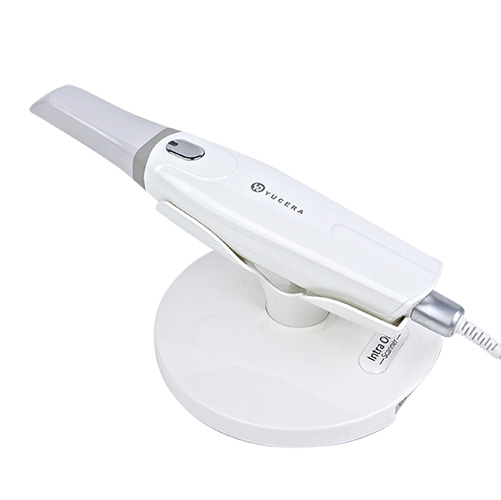
High-precision 3D scanning, AI calibration, full-arch accuracy.
learn more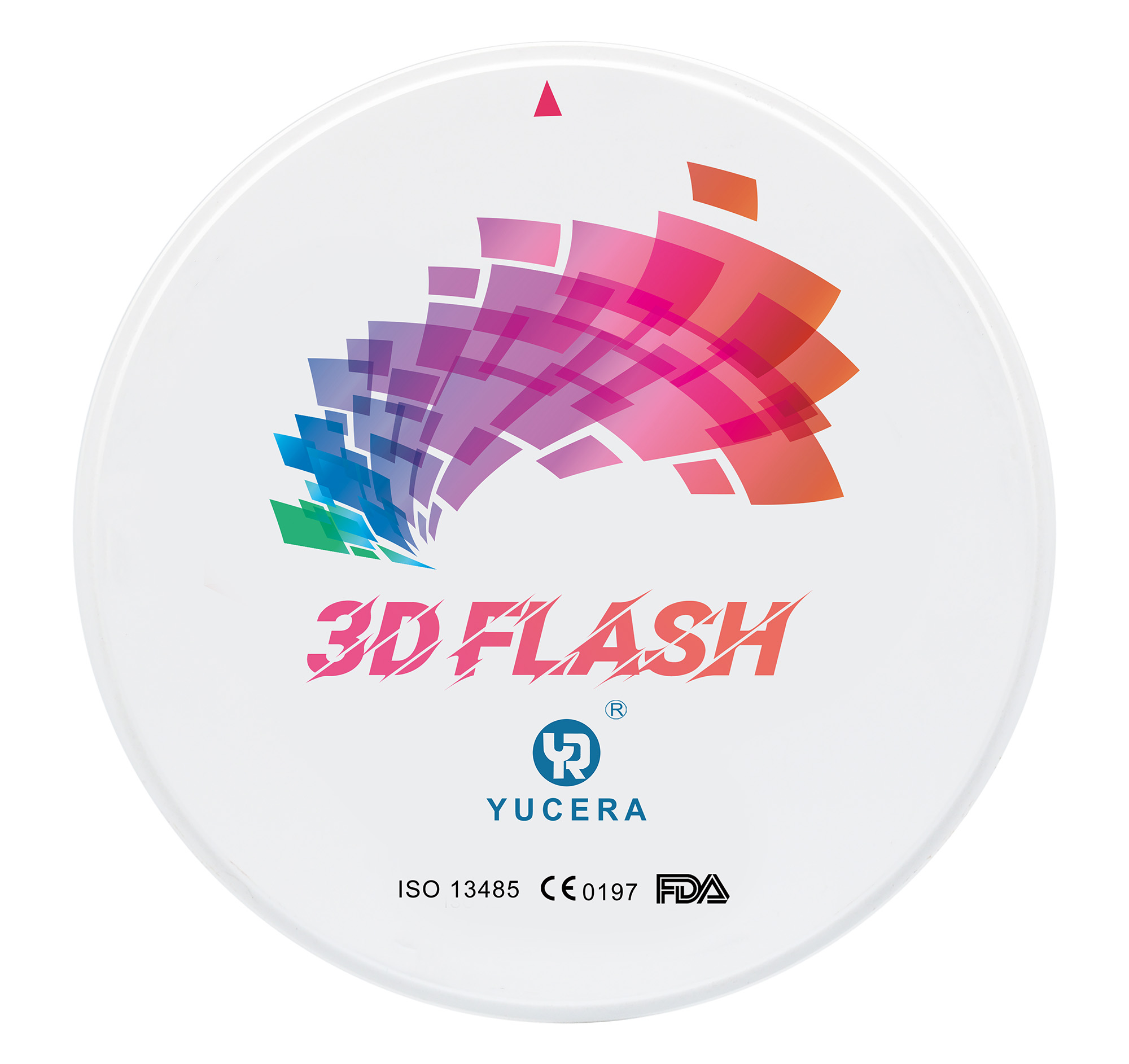
40-min full sintering with 57% incisal translucency and 1050 MPa strength.
learn more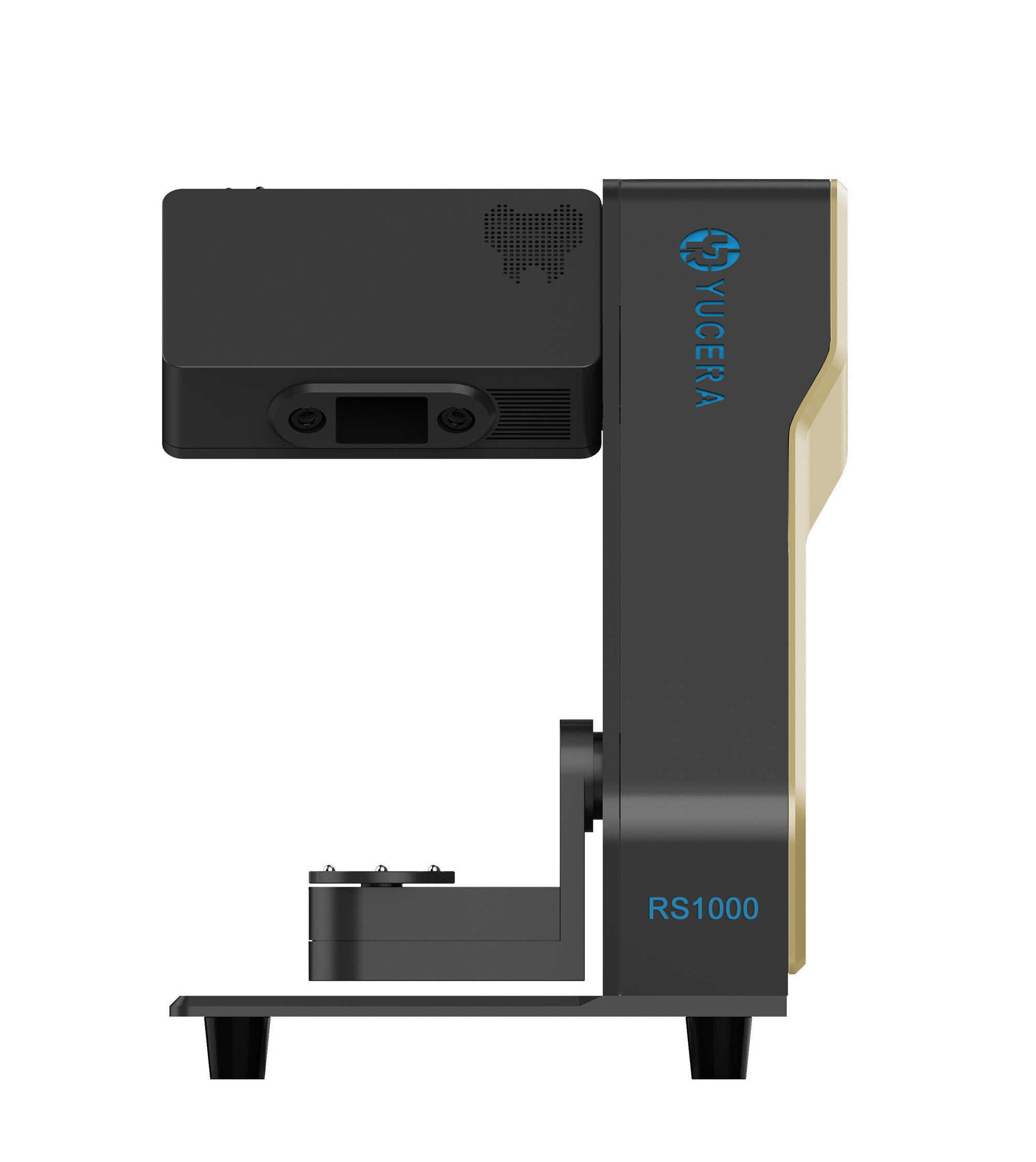
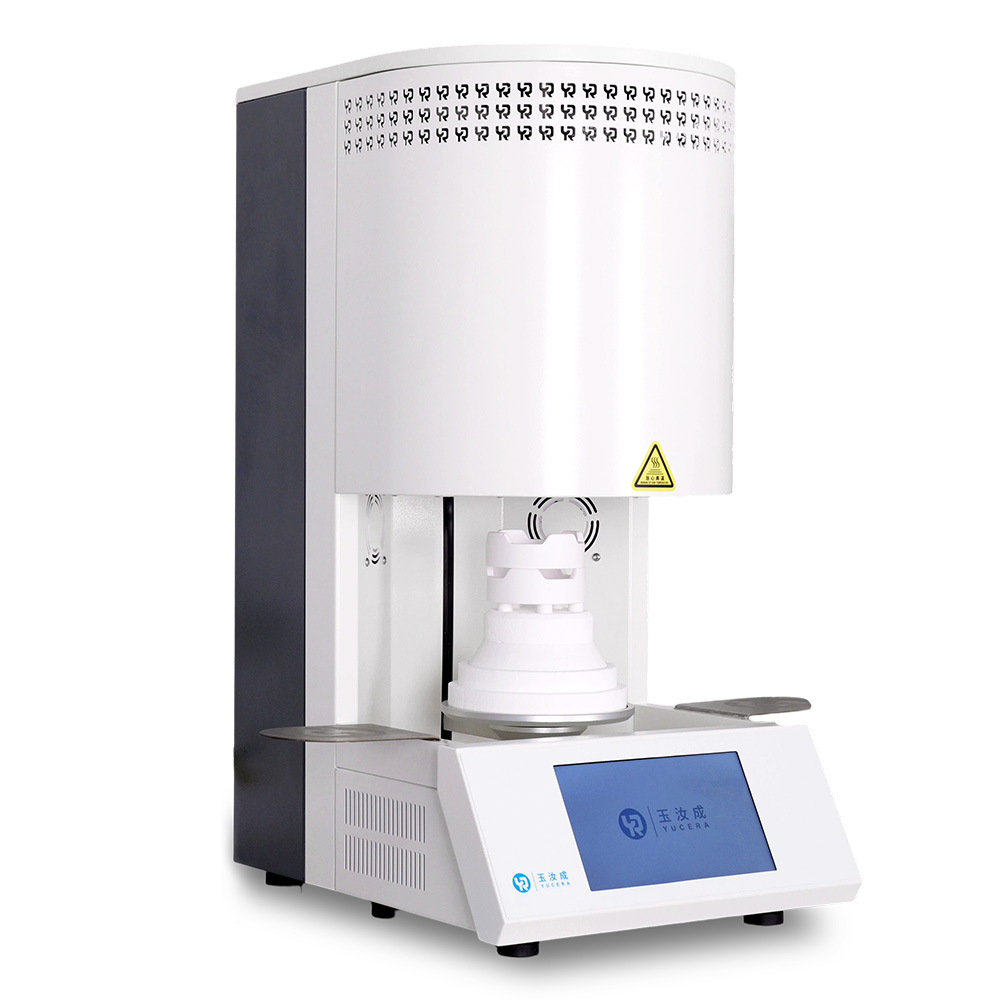
40-min cycle for 60 crowns, dual-layer crucible and 200°C/min heating.
learn more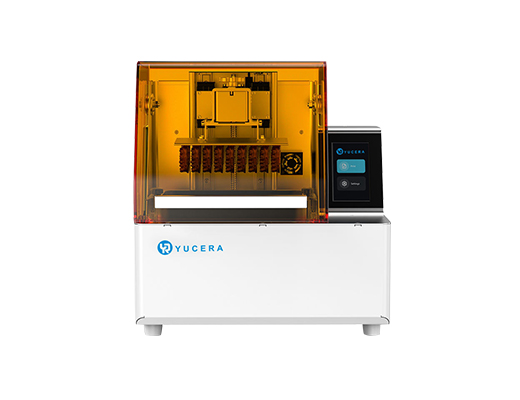
High-speed LCD printer for guides, temporaries, models with 8K resolution.
learn more